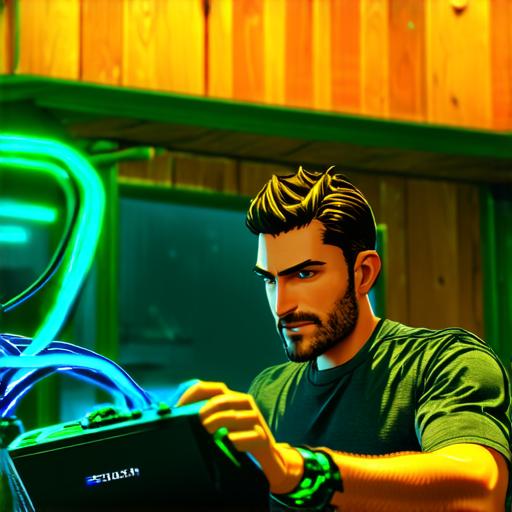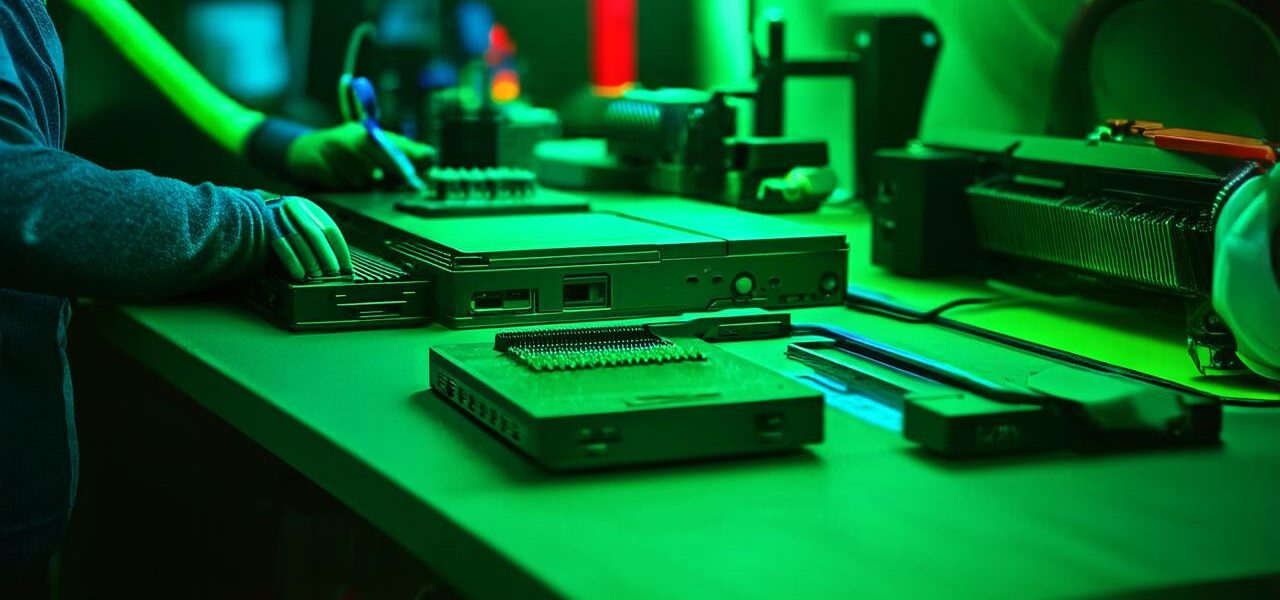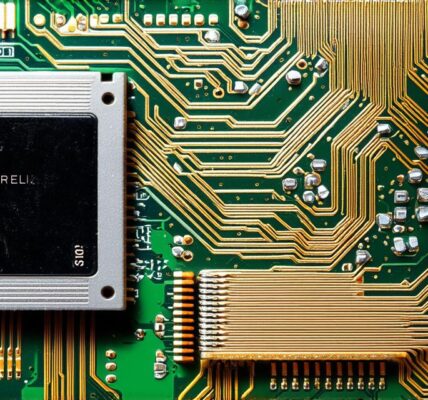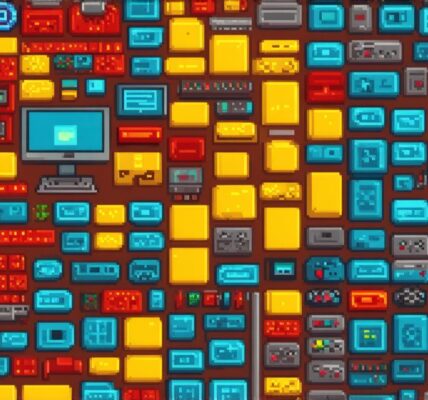Introduction
Video game consoles are an essential part of the gaming industry, and they continue to evolve as technology advances. For video game developers, having access to a reliable and affordable console can greatly enhance their ability to create high-quality games that run smoothly on various devices. In this article, we will explore how to make a video game console for free using readily available materials and simple techniques.
Materials Needed
To build your own video game console, you’ll need the following materials:

- Microcontroller (e.g., Arduino or Raspberry Pi)
- Power supply unit
- Display screen (e.g., LCD or OLED)
- Keys and buttons for input
- USB cable
- Enclosure or case for the console
- Optional components such as Wi-Fi module, Bluetooth module, or game controller
Getting Started with Microcontroller
The microcontroller is the brain of the video game console. It controls all the operations, from processing user inputs to rendering graphics on the screen. There are several popular microcontrollers available in the market, but for beginners, we recommend using Arduino or Raspberry Pi. These microcontrollers have a built-in programming language that makes it easy for beginners to write and upload their code.
Setting up the Power Supply Unit
The power supply unit (PSU) provides the necessary voltage and current to the microcontroller and other components of the console. You can use any PSU with an output voltage of 5V or higher. However, it’s important to choose a PSU that can provide enough current to handle the load of the console.
Designing the Display Screen
The display screen is the heart of the video game console. It displays all the graphics and information needed for the player to enjoy the game. There are several types of display screens available in the market, including LCD and OLED. For beginners, we recommend using an LCD screen as it’s easy to find and relatively inexpensive.
Creating Input Devices
Input devices such as buttons and keys allow players to interact with the console. You can create these input devices using simple components such as resistors, capacitors, and diodes. There are also pre-made input devices available in the market that you can use.
Assembling the Console
Once you have all the materials, it’s time to assemble the console. Start by mounting the microcontroller onto a breadboard or PCB (printed circuit board). Next, connect the display screen to the microcontroller using the appropriate connections. Then, connect the input devices to the microcontroller using resistors and diodes. Finally, connect the power supply unit to the microcontroller and other components of the console.
Programming the Console
Once you have assembled the console, it’s time to program it. The programming language used for microcontrollers varies depending on the manufacturer. However, most microcontrollers use a C-like language that’s easy to learn and use. There are also several online resources available that can help you get started with programming your console.
Testing and Debugging
After you have programmed the console, it’s important to test it thoroughly to ensure that it’s working as expected. Use a simple game or program to test the console’s functionality. If you encounter any issues or bugs, use debugging tools such as a multimeter or oscilloscope to identify and fix the problem.
Optional Components
While the basic console is functional, there are several optional components that you can add to enhance its capabilities. For example, you can add a Wi-Fi module to allow players to connect to the internet and play online games. You can also add a Bluetooth module to allow players to connect their game controllers wirelessly.
FAQs
1. What is the best microcontroller for beginners?
We recommend using Arduino or Raspberry Pi as they are easy to use and have built-in programming languages.
2. How do I power my console?
You can use any PSU with an output voltage of 5V or higher. Make sure to choose a PSU that can provide enough current to handle the load of the console.
3. What type of display screen should I use?
We recommend using an LCD screen as it’s easy to find and relatively inexpensive. However, you can also use an OLED screen if you prefer.
4. How do I create input devices?
You can create input devices using simple components such as resistors, capacitors, and diodes. There are also pre-made input devices available in the market that you can use.
5. What programming language should I use?
The programming language used for microcontrollers varies depending on the manufacturer. However, most microcontrollers use a C-like language that’s easy to learn and use.
6. How do I test my console?
Use a simple game or program to test the console’s functionality. If you encounter any issues or bugs, use debugging tools such as a multimeter or oscilloscope to identify and fix the problem.
7. Can I add optional components to my console?
Yes, there are several optional components that you can add to enhance your console’s capabilities, such as Wi-Fi module or Bluetooth module.
Conclusion
Building a video game console for free is an exciting and rewarding project for video game developers. With the right materials and techniques, anyone can create a functional console that runs their favorite games. By following the steps outlined in this article, you’ll be well on your way to creating your own video game console that will provide hours of entertainment.




